New Study Reveals Greenland’s Fragile Ice Sheet and Potential Catastrophic Sea-Level Rise
New research has revealed that Greenland’s ice sheet, a massive expanse covering 656,000 square miles, is more fragile than previously thought.
Scientists found evidence that it melted completely during a warm period within the last 1.1 million years, leaving behind a tundra landscape.
Ancient Ecosystem Under the Ice
Sediment from a 30-year-old ice core revealed a frozen ecosystem beneath Greenland’s ice. Researchers found insect parts, Arctic poppy seeds, and willow fragments, indicating the ice sheet’s complete disappearance in the past.

Source: Sean Gallup/Getty Images
This discovery provides crucial insights into Greenland’s climatic history.
Evidence from the Last Ice Age
The fossils found in the ice core suggest that Greenland’s ice sheet melted about 400,000 years ago during the Pleistocene Epoch — what’s referred to as the last Ice Age.
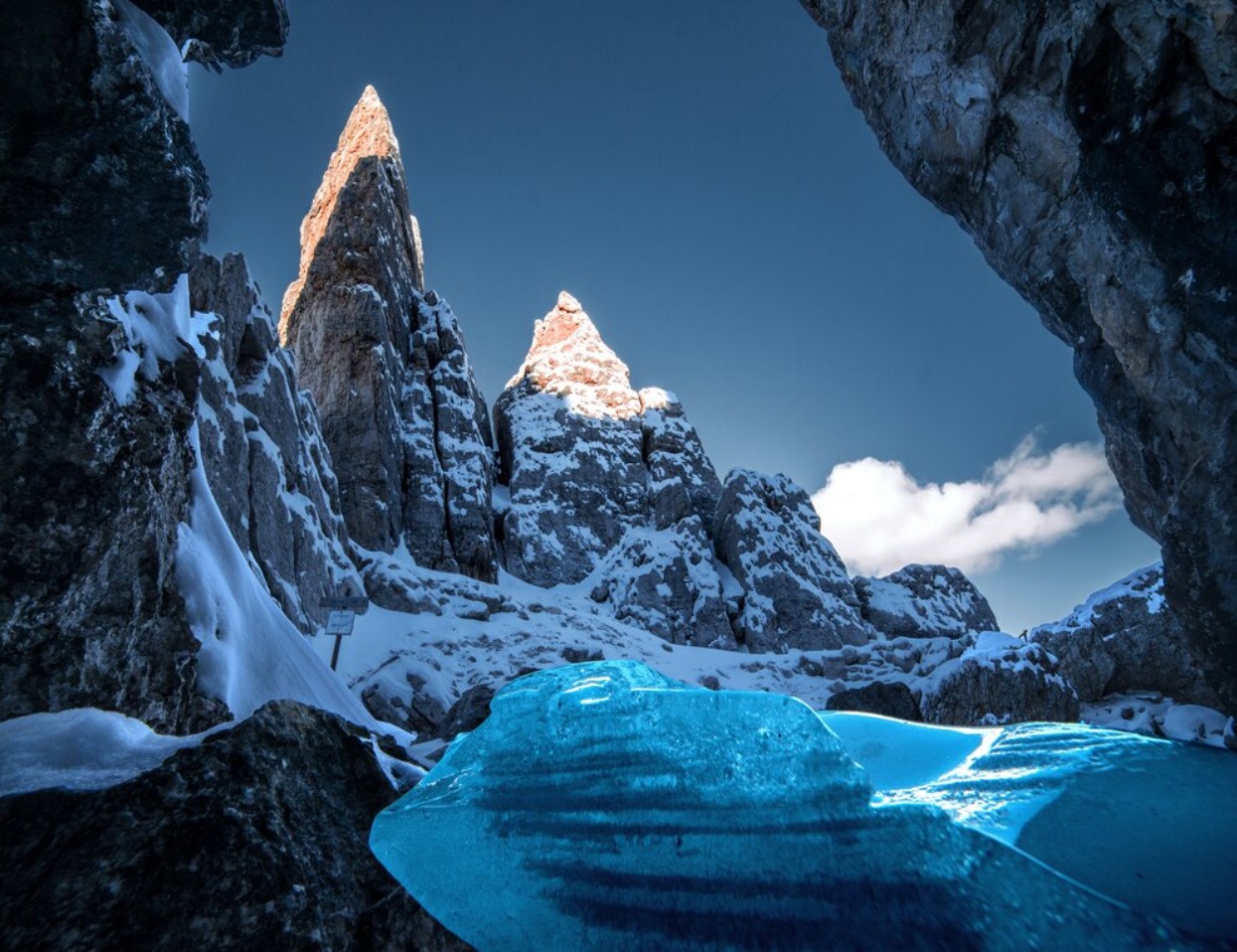
Source: Freepik
The soil samples contained plant and insect remains, showing that temperatures were much warmer than today, transforming the ice-covered landscape into a tundra.
Impact of Current Carbon Dioxide Levels
The study highlighted that the ancient melt occurred when carbon dioxide levels were lower than today’s 420 parts per million.
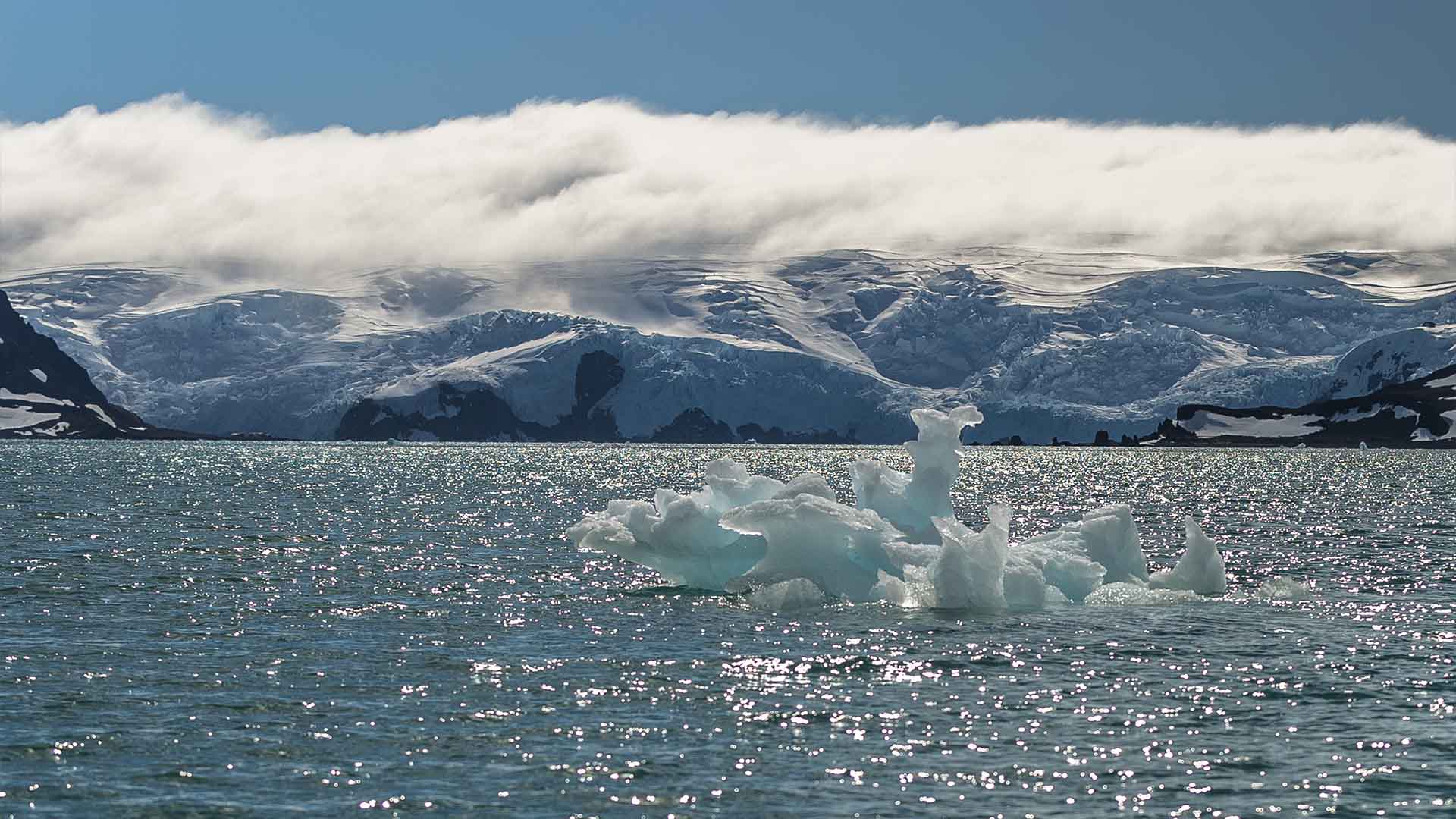
Source: Alessandro Dahan/Getty Images
This increase in greenhouse gases makes the current ice sheet more susceptible to melting, emphasizing the urgency of addressing climate change.
NASA's Alarming Data on Ice Loss
NASA has been tracking Greenland’s ice loss, noting a rapid decline over the past two decades.
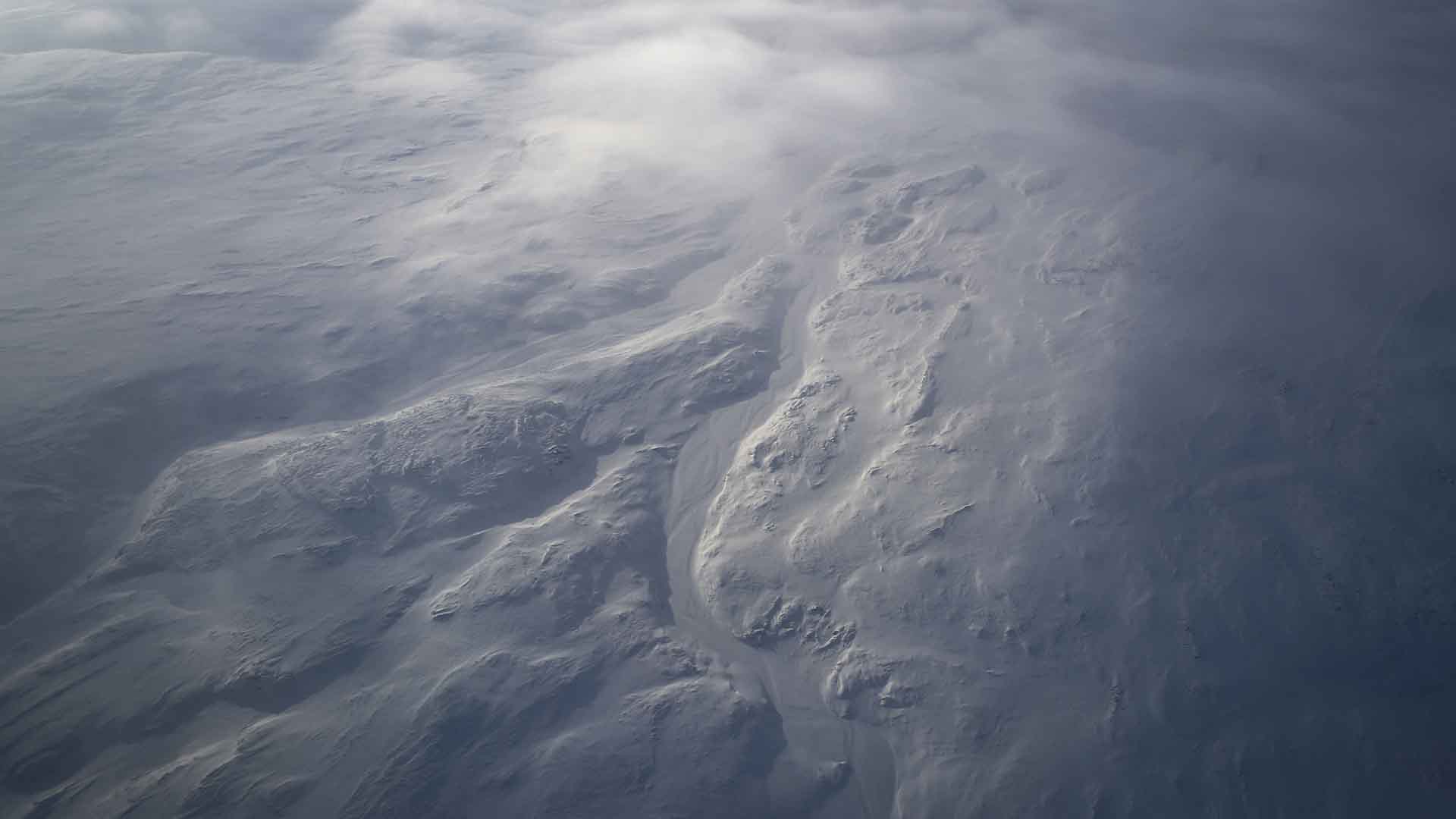
Source: Mario Tama/Getty Images
The melting ice has contributed to a sea level rise of around 0.03 inches per year, making it the largest annual contributor of water to the oceans.
Greenland: The Main Driver of Sea-Level Rise
In recent years, Greenland’s melting ice has overtaken mountain glaciers as the primary driver of sea-level rise.
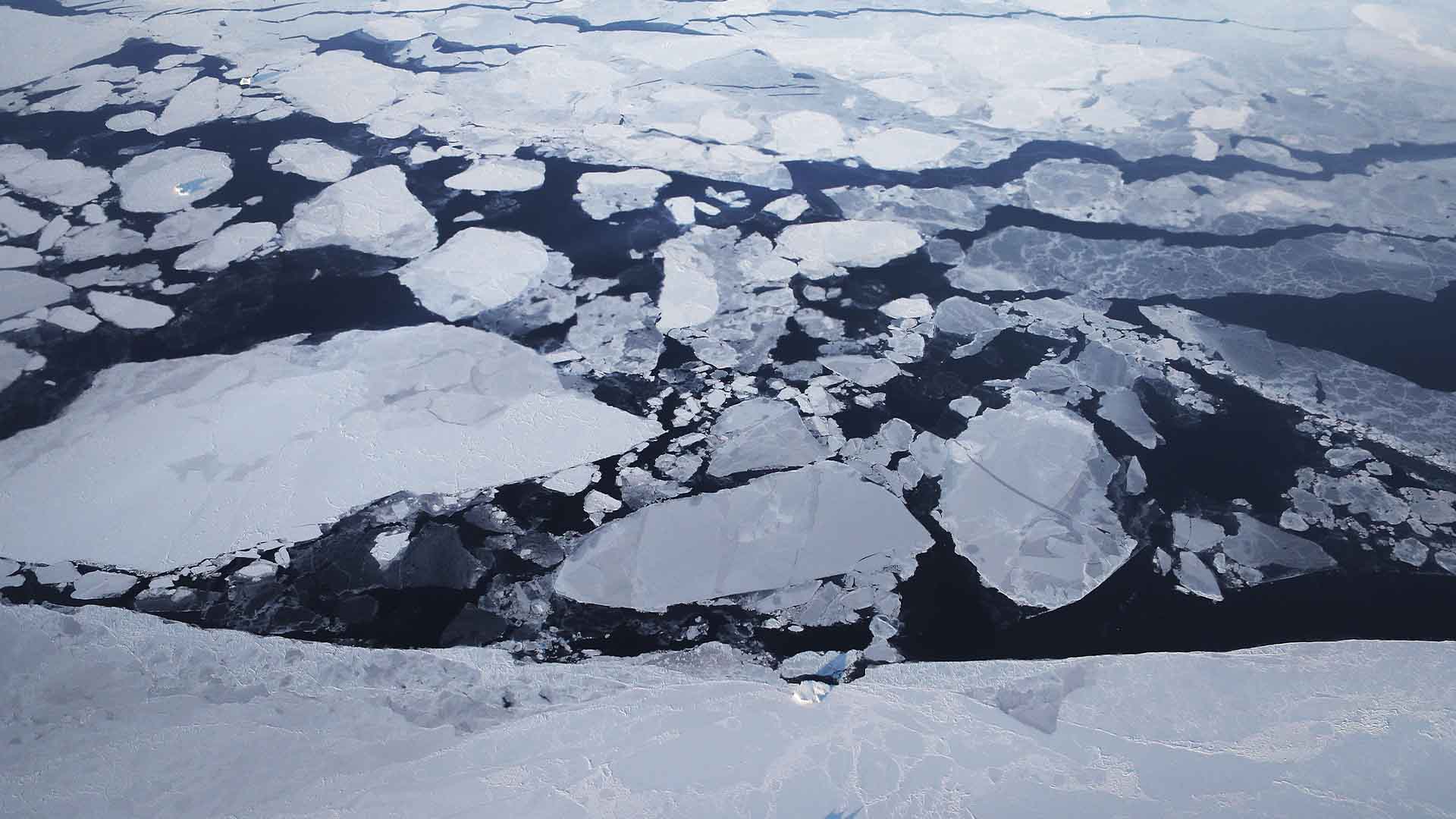
Source: Mario Tama/Getty Images
Paul Bierman, the lead author of the study, stresses the importance of understanding this shift to predict future impacts accurately.
Potential Consequences of Melting
If Greenland’s ice sheet melts entirely, sea levels could rise by 20 to 25 feet.
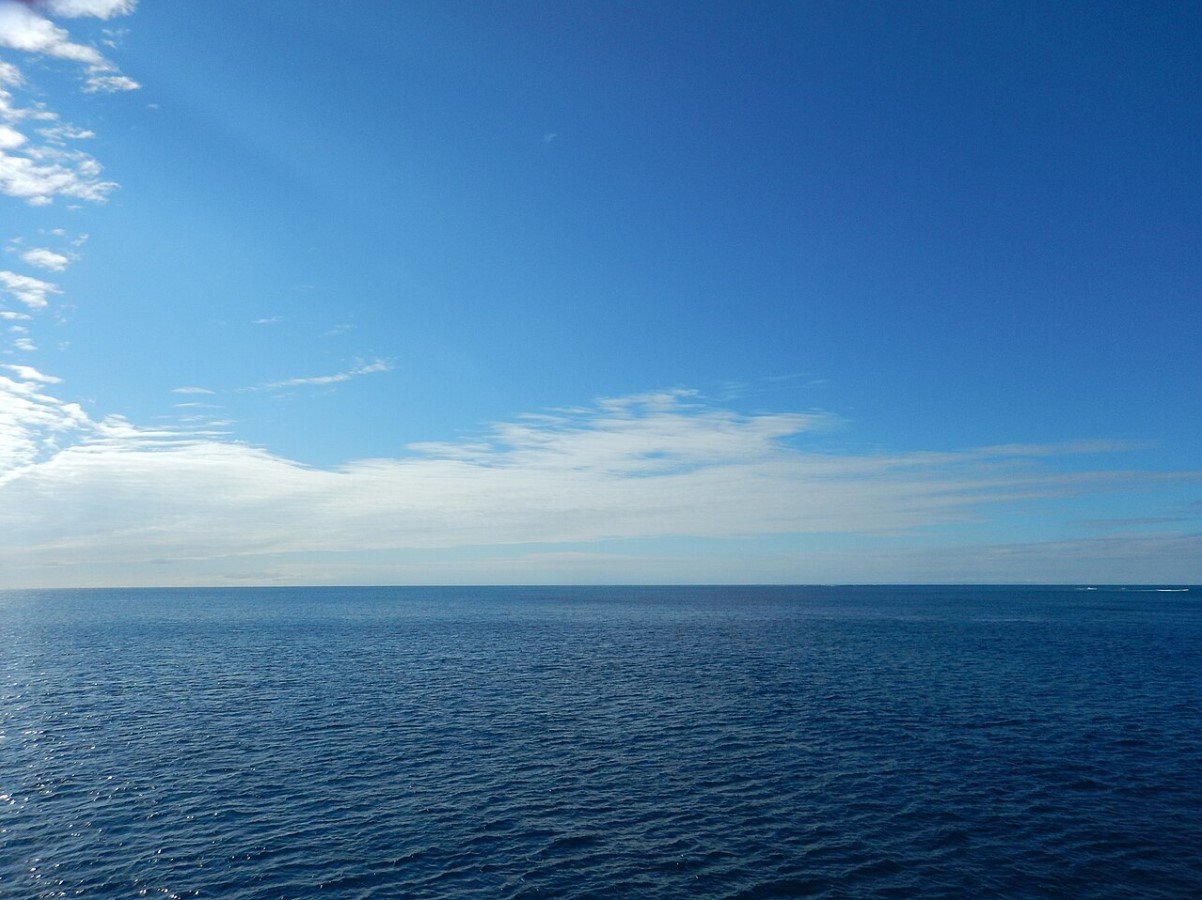
Source: Wikimedia
This scenario would be catastrophic, potentially displacing hundreds of millions of people and submerging coastal cities like New York, Miami, and Mumbai.
The Fragile Greenland Hypothesis
The findings support the “fragile Greenland” hypothesis, which posits that the ice sheet has melted at least once due to natural causes.
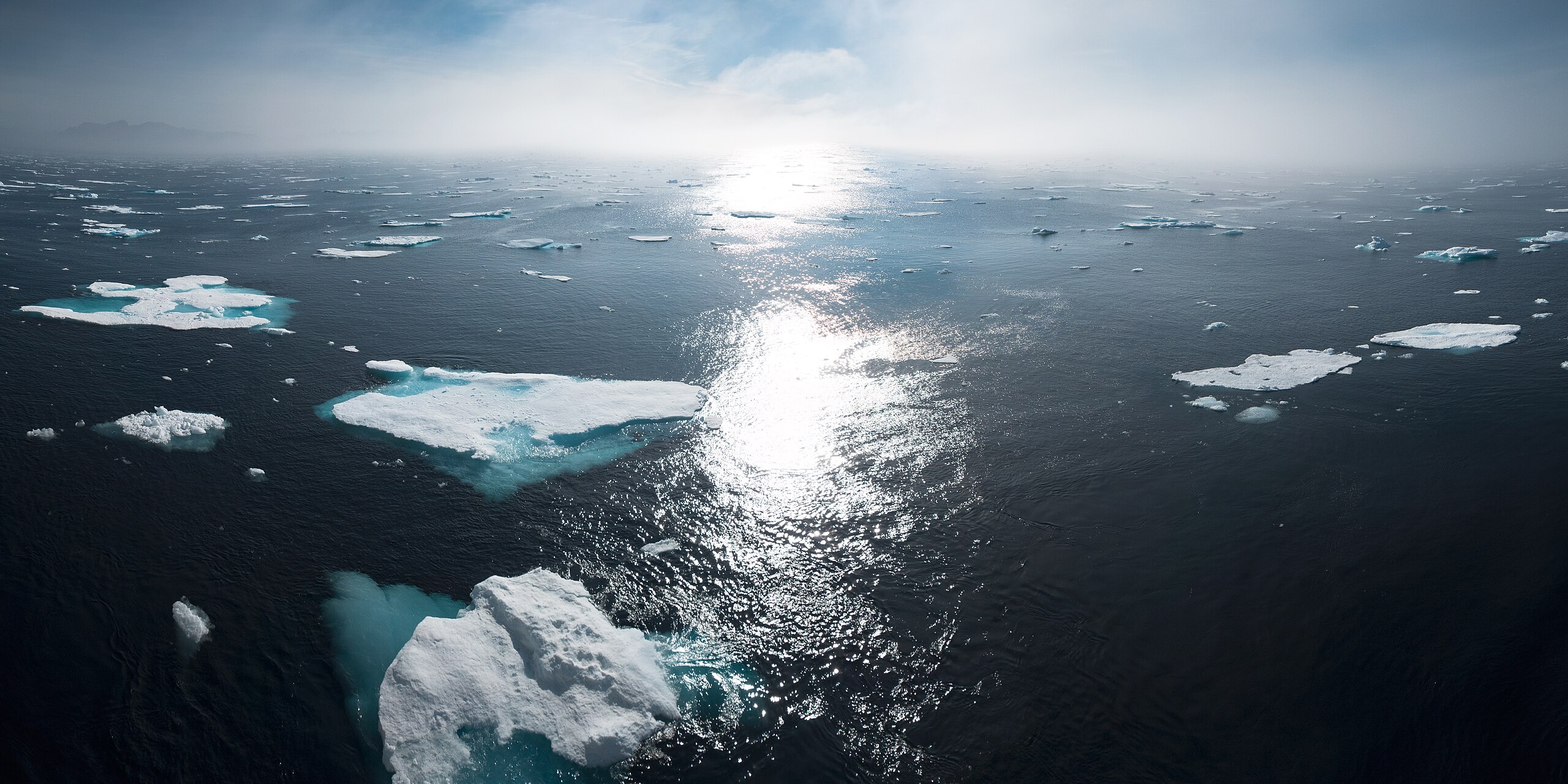
William Bossen/Wikimedia Commons
This history of melting highlights the ice sheet’s vulnerability in the face of current climate warming.
Research Expedition and Findings
The study’s conclusions are based on materials from an ice core drilled in 1993, two miles beneath the surface.
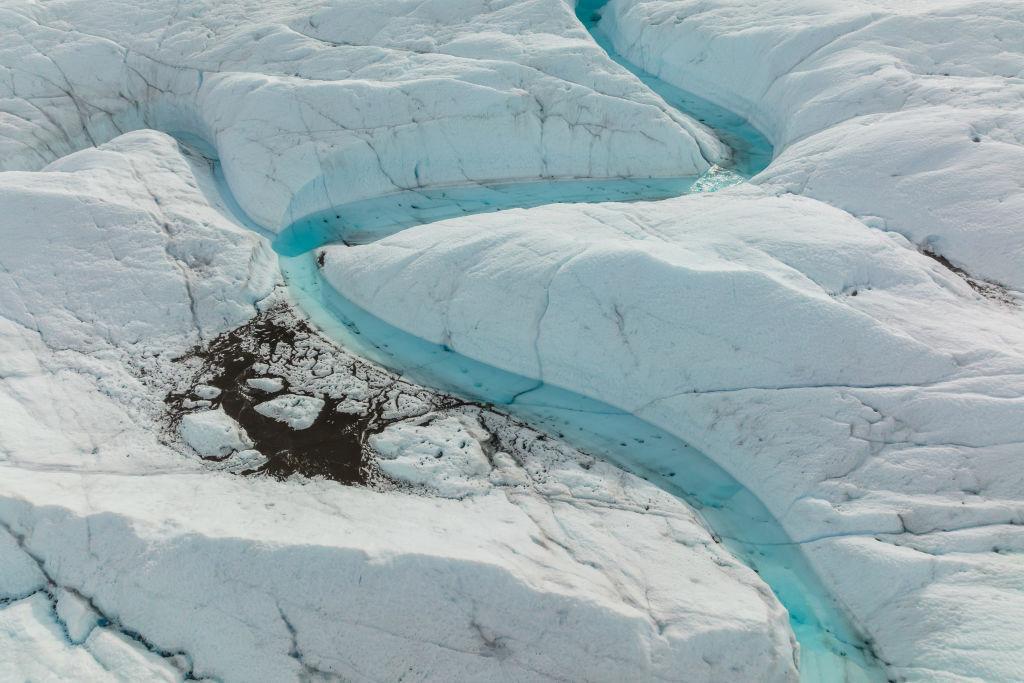
Source: Lukasz Larsson Warzecha/Getty Images
The sediment contained well-preserved macrofossils, offering a detailed reconstruction of the ice sheet’s history and its periods of melting.
Implications for Future Climate Policy
The drastic increase in carbon dioxide levels and the melting ice sheet underline the need for urgent climate action.
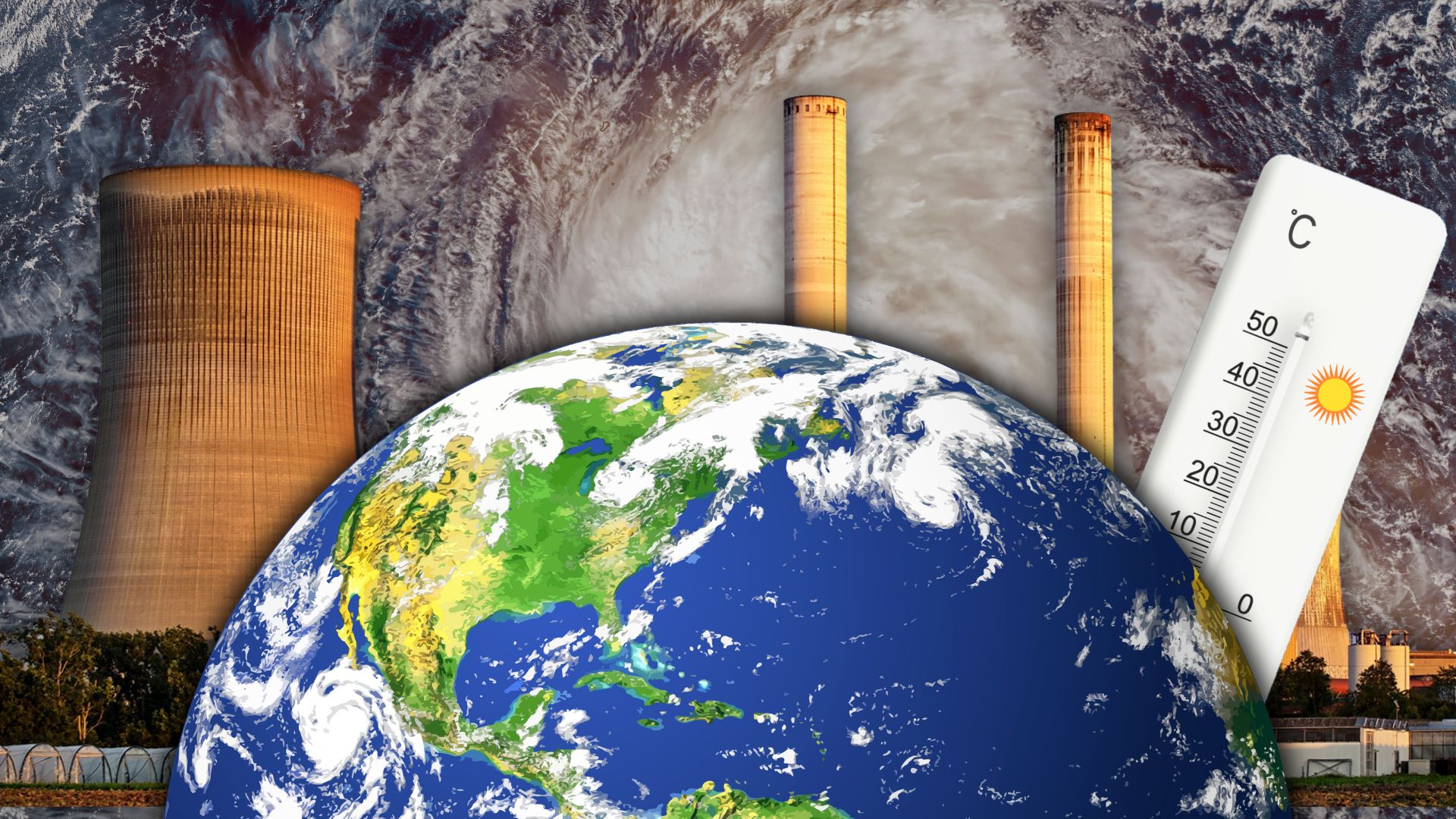
Source: Canva
Reducing greenhouse gas emissions is crucial to slowing down the ice melt and mitigating the associated sea-level rise.
Public Awareness and Action
Educating the public about the potential impacts of Greenland’s melting ice is vital.

Source: Chris Boese/Unsplash
By understanding the risks and the need for climate action, communities can better prepare for future changes and support policies aimed at reducing emissions.
Imagining a Future with Higher Sea Levels
To grasp the potential impact, imagine your favorite beach with 25 feet of water over it.

Source: Michele Eve Sandberg/Corbis/Getty Images
This visualization should hopefully help convey the severity of the situation and the importance of taking immediate steps to protect our planet and its inhabitants.
